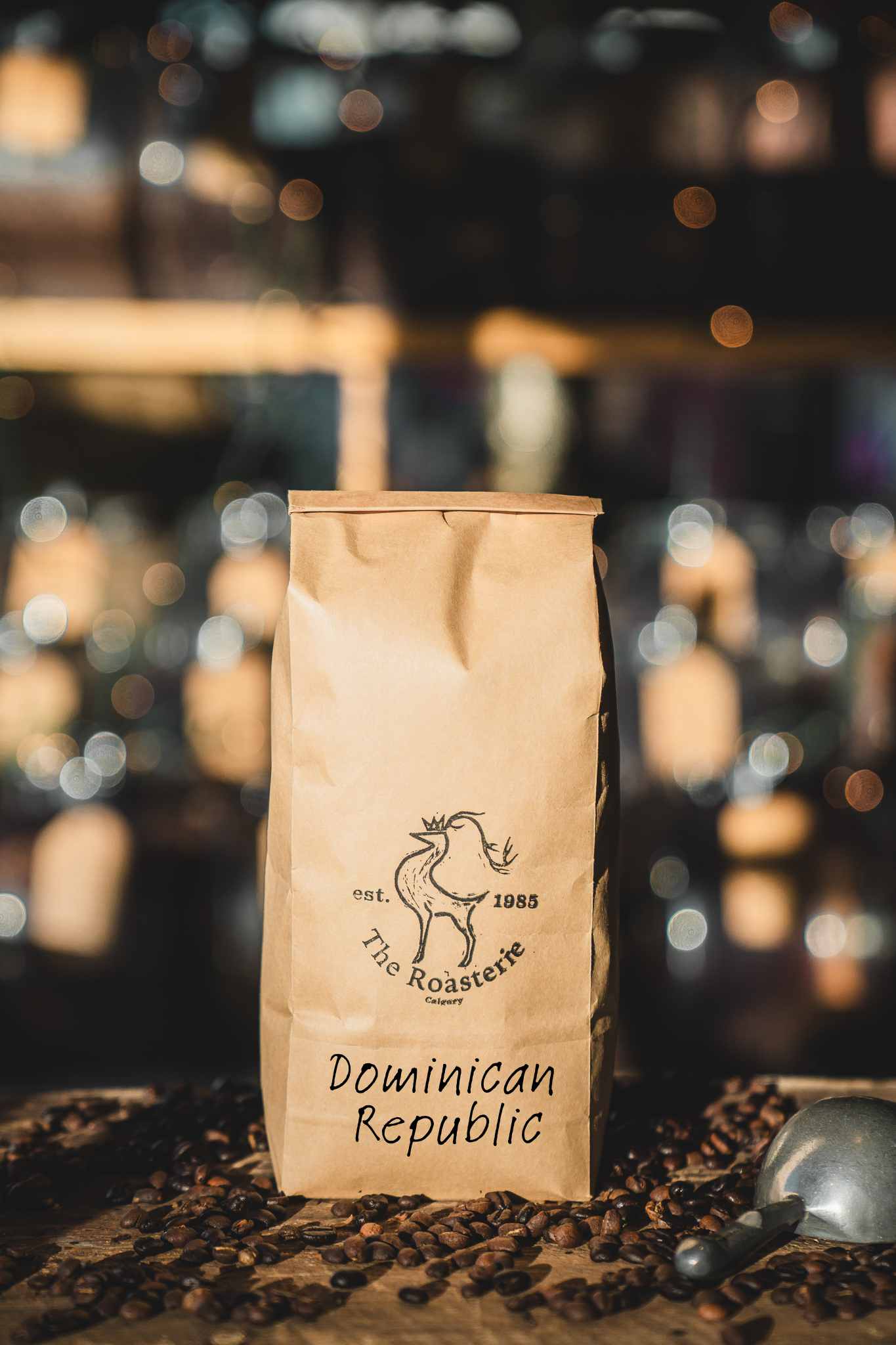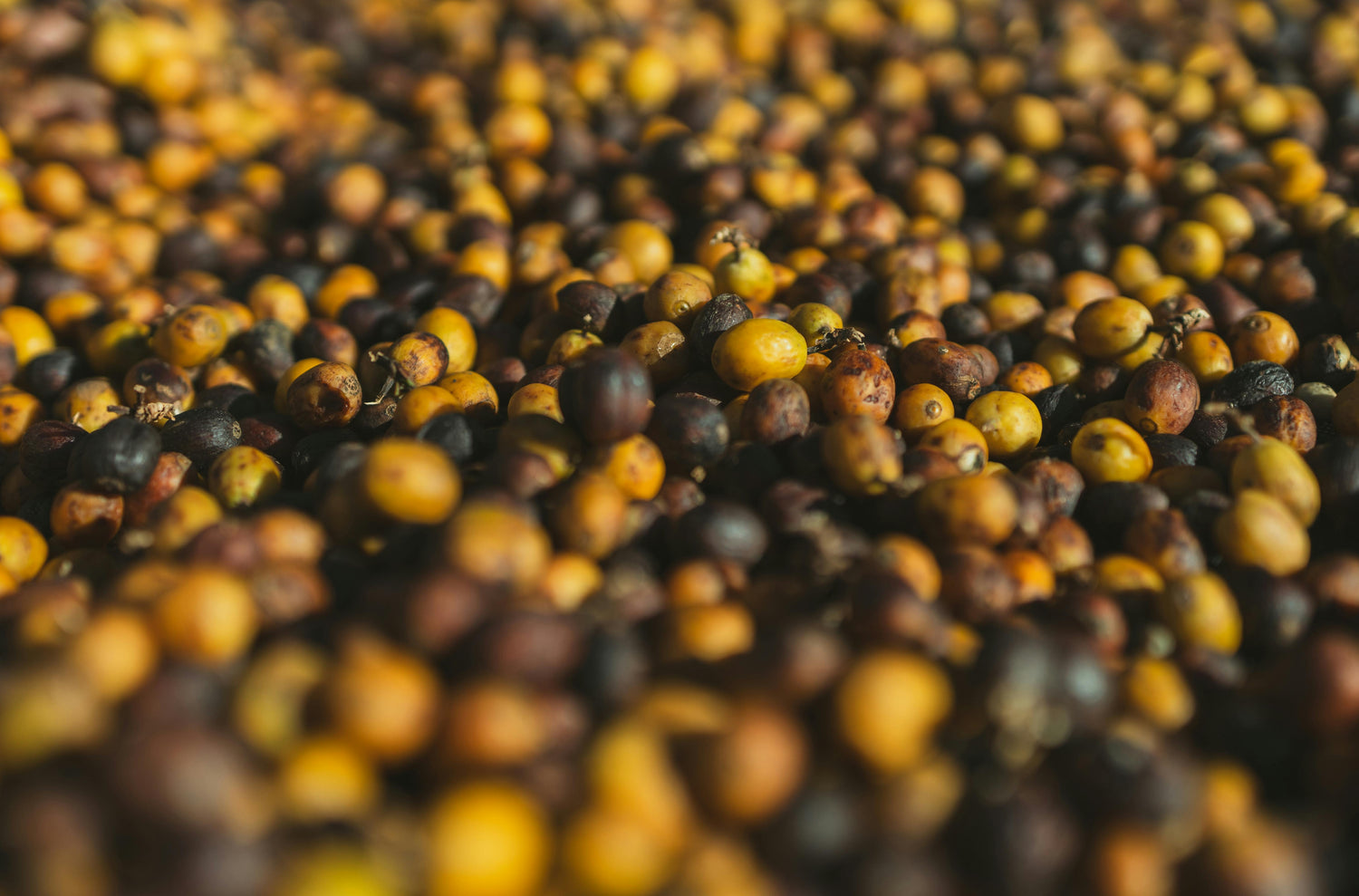
What’s Up With All These Fermented Coffees?
You’re standing in front of a shelf, scanning labels that say things like “anaerobic,” “honey process,” or “carbonic maceration.” You’re not shopping for wine — this is coffee. So what’s the deal?
Let’s talk about fermentation. It’s one of the most exciting things happening in coffee right now. And yeah, it’s changing the way coffee tastes, how it’s valued, and how it’s grown.
So… Coffee Gets Fermented?
Yep. Always has. After coffee cherries are picked, the sticky fruit layer needs to come off the seed inside — the coffee bean. Fermentation is how that happens. Microbes like yeast and bacteria break things down naturally before the beans are dried.
What’s changed is how intentional it’s become. Producers are now using fermentation not just to clean the beans — but to control and shape flavour.
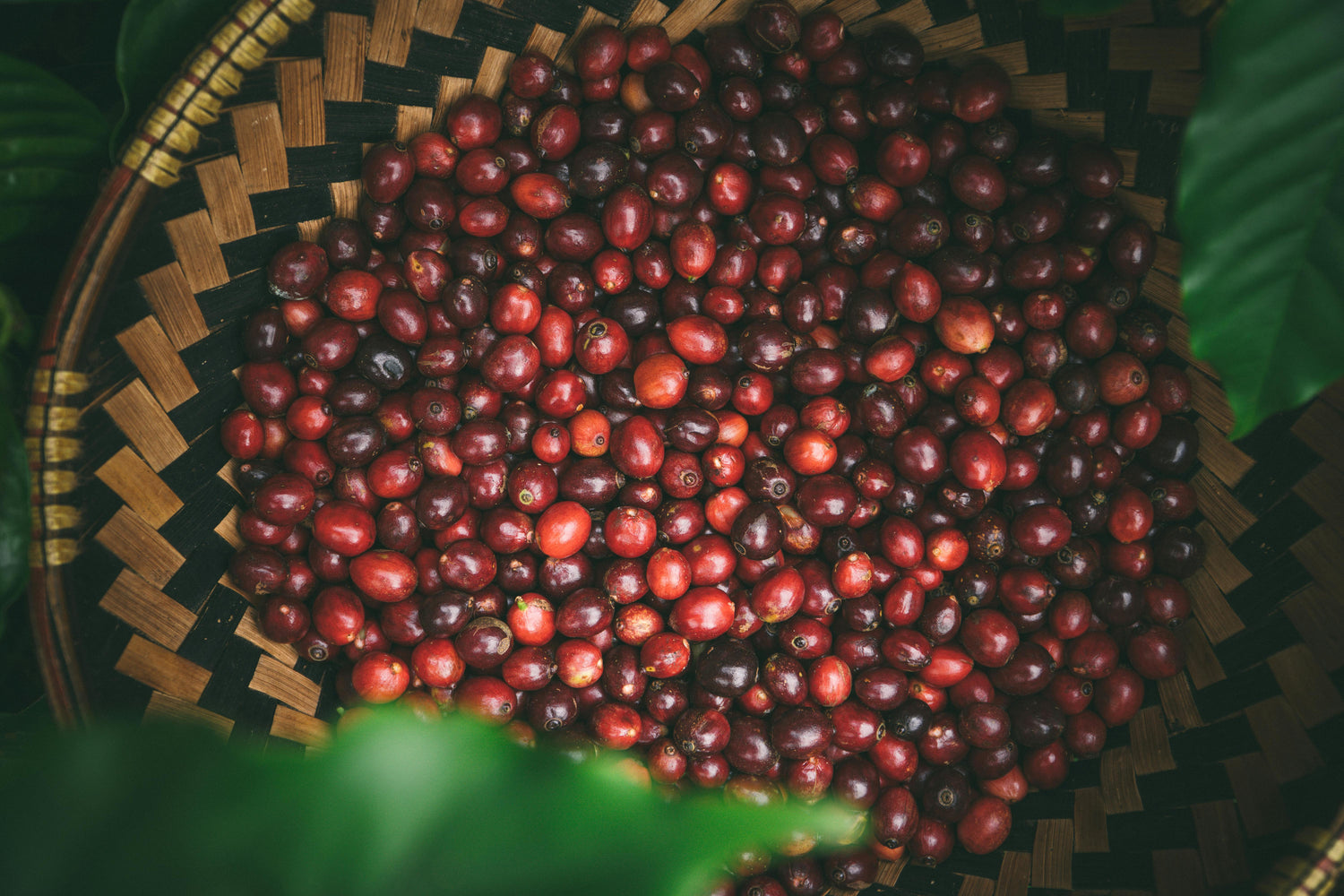
What Counts as “Experimental”?
Traditional processing keeps things simple. Beans soak in water, microbes do their thing, and the fruit layer comes off. Done.
But experimental fermentation is way more hands-on. Producers tweak variables — oxygen, temperature, time, even the exact microbes — to get specific results.

Here’s what that can look like:
Anaerobic Fermentation
Beans are sealed in airtight tanks with no oxygen. This slows things down and lets microbes go to work in a controlled environment. You usually get bold fruit notes, a heavier body, and more intense aromatics. That Zambia we had? Anaerobic. Think florals, blackcurrant, and a juicy, almost candy-like finish.
Carbonic Maceration
This one’s borrowed from wine. Whole cherries go into a CO₂-rich tank before the beans are even pulped. The result? Clean, structured, fruit-forward flavours. Red berries, soft acidity, sometimes even a silky texture.
Honey Process
This one’s all about how much fruit you leave on the bean when drying. Not actual honey — it’s the sticky mucilage that’s naturally there.
- Yellow Honey, like El Salvador - Pacas Estate, tends to be light and sweet with gentle florals and citrus.
- Red Honey - Dominican Republic, leans deeper — more fruit, more sugar, a bit more punch.
It’s kind of a middle ground between washed and natural coffees.
Yeast-Inoculated Fermentation
Here, producers add specific strains of yeast instead of letting nature wing it. It helps dial in flavours like acidity and sweetness, and gives the coffee a juicy, controlled feel — kind of like brewing with a recipe instead of guesswork.
Koji Fermentation
Still pretty rare, but wild. Koji mold — the same one used in sake and miso — is applied to coffee cherries. It can bring out umami notes, a creamy mouthfeel, and a soft earthiness. Weird? Yeah. But cool.
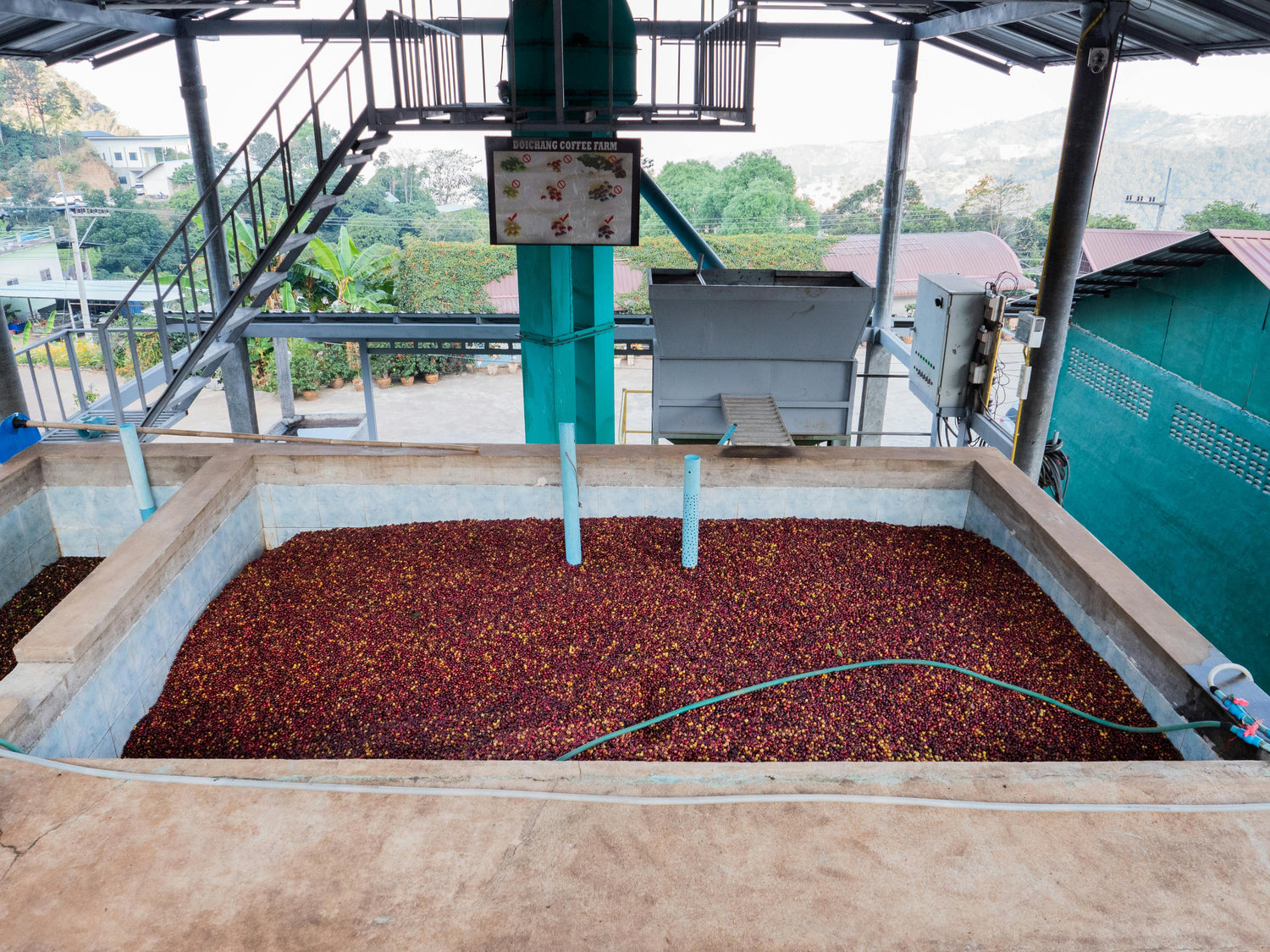
Why Do It?
Three main reasons:
1. Better flavour.
With the right fermentation, producers can draw out tropical fruit, syrupy sweetness, and layers of complexity. It opens up a whole new range of taste.
2. Higher value.
A unique flavour profile means a higher price. And for producers in places where climate or elevation make traditional profiles harder to achieve, fermentation is a big opportunity.
3. It keeps things interesting.
Let’s be honest — there’s a lot of coffee out there. This kind of processing stands out, especially when you’re chasing something fresh or unexpected.
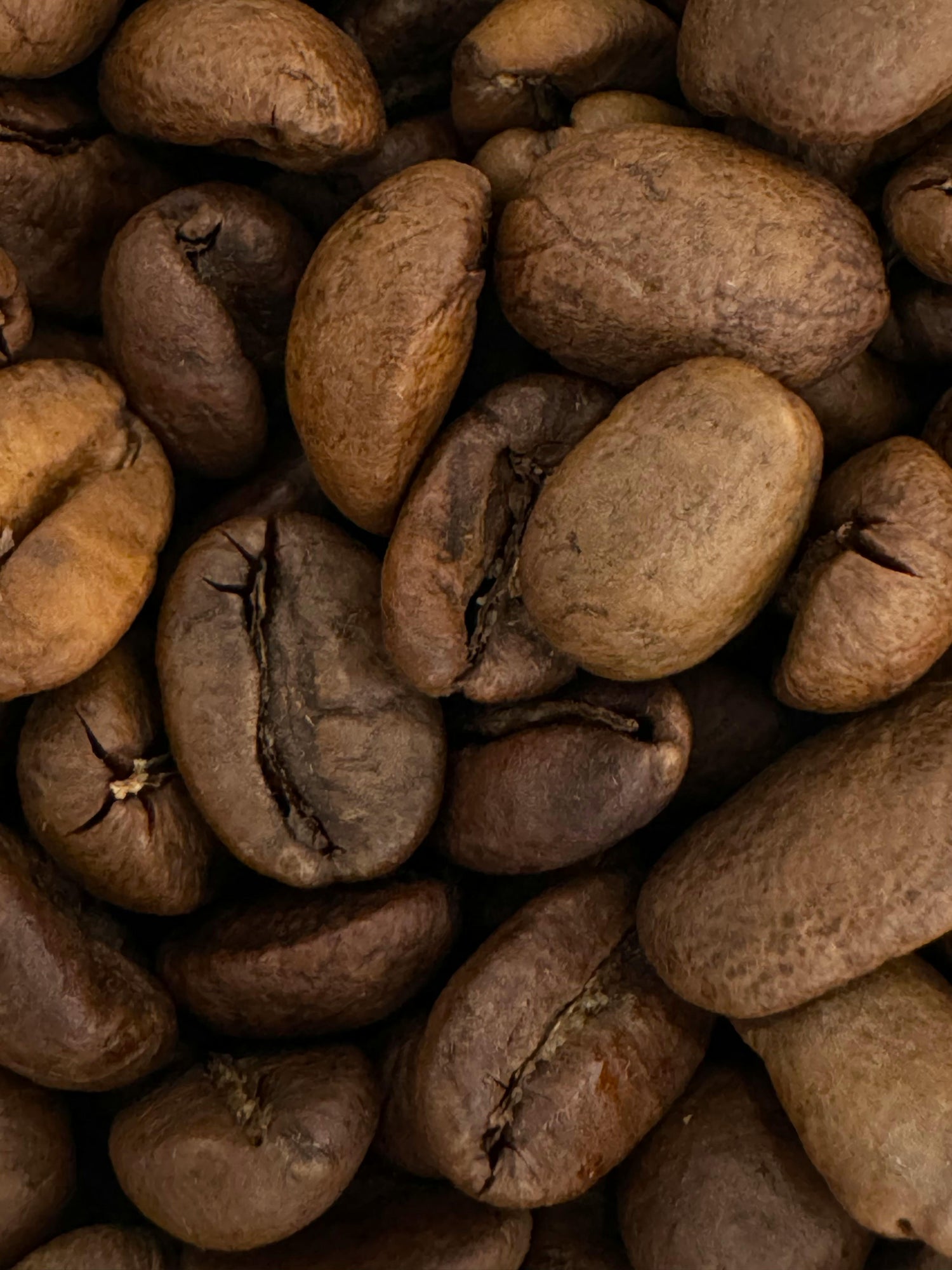
What Do They Taste Like?
It depends on how the coffee was processed — and the bean itself.
- Anaerobic: full body, complex fruit, lots of florals. Our Zambia had hibiscus, blackcurrant, and grape candy.
- Carbonic Maceration: soft and clean, with red fruit and a smooth finish.
- Yellow Honey: light and crisp with soft sweetness. The El Salvador has juicy floral hints and citrus notes.
- Red Honey: more fruit, rounder body. The Dominican Republic tastes like dried cranberries, dark chocolate and toffee. (Kinda like a trail mix.)
- Yeast-Inoculated: bright, juicy, and structured.
- Koji: earthy, mellow, with a subtle savoury touch.
Each process brings something different to the table. It’s still coffee — just more expressive.
So… Is This Just a Trend?
Not really. It’s part of where coffee is headed.
Fermentation gives producers more tools to work with. It lets them bring out the best in their beans, even when growing conditions aren’t perfect. It’s also an opportunity to stand out — especially in a crowded, competitive market.
And for drinkers? It’s something new. If you’ve only had washed coffee, this kind of processing can totally shift your idea of what coffee can taste like.

Last Sip
Fermentation in coffee isn’t just science — it’s craft. It’s thoughtful, hands-on, and changing the way coffee gets experienced.So if you see something on the shelf that says anaerobic, honey, or anything that sounds a bit experimental? Give it a go.Worst case, you get an interesting cup. Best case, you find something that rewrites your idea of coffee completely.And if you're curious but don’t want to commit to a full bag, we offer 100g sizes in the shop — just enough to explore without spending a lot.
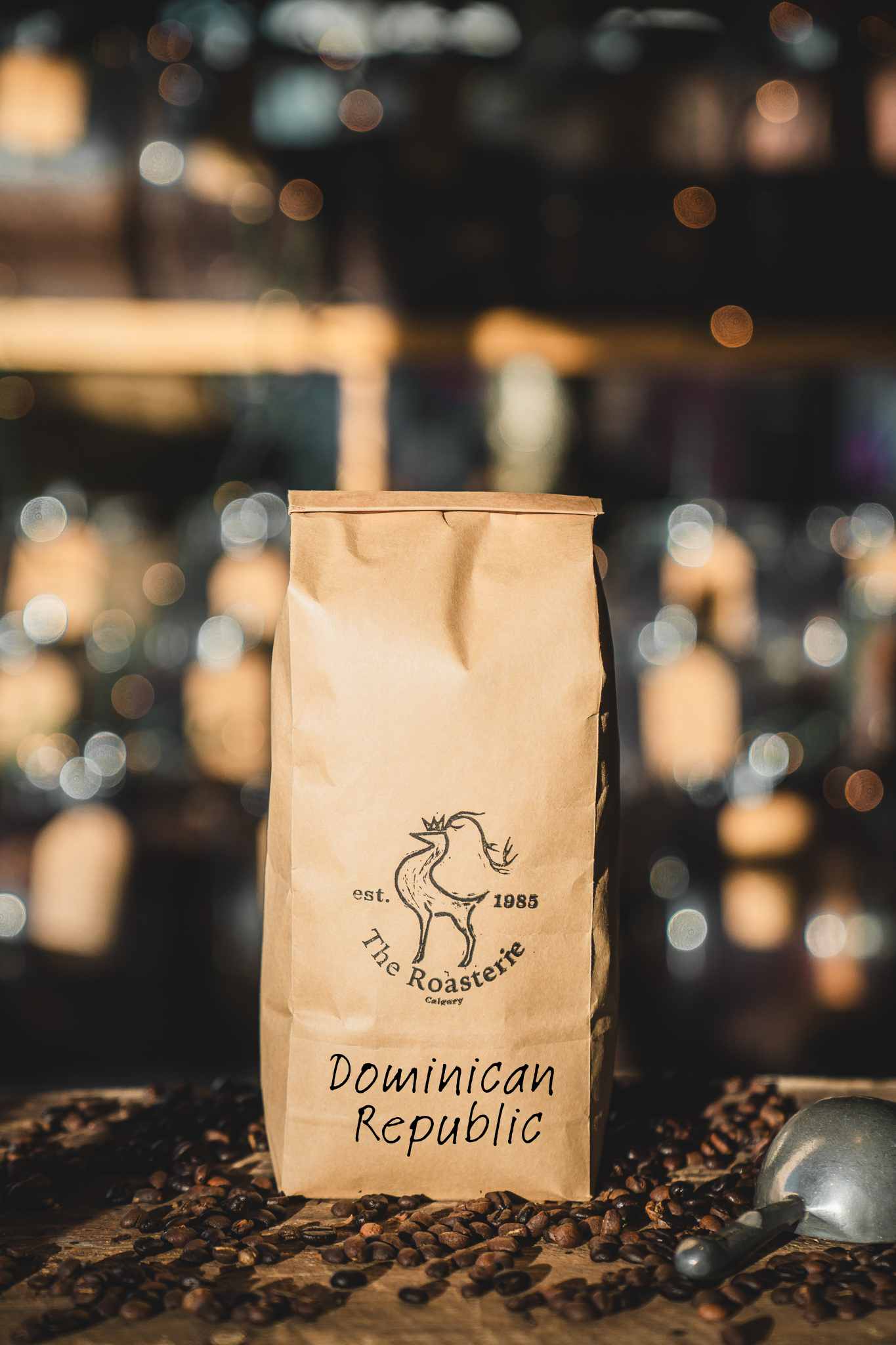
theroasterie.com
Dominican Republic - Red Honey
Share
